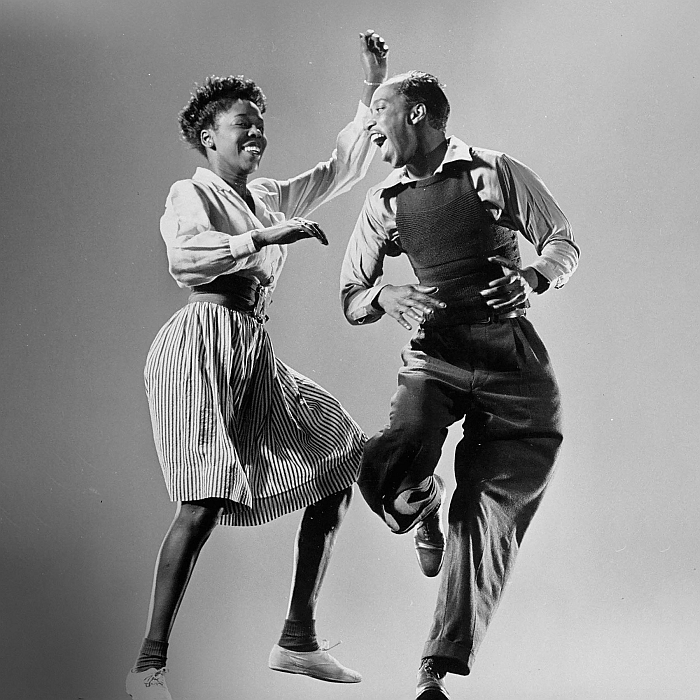Across the northern hemisphere September generally marks the start of the academic year, be that in primary, secondary, tertiary or quaternary education contexts, as students at all levels return to their studies after the long summer break.
And while quinary education may not need an official start, or indeed a structured year, there is not only something appropriate in opening a new chapter in your studies alongside that of your fellow students, but for all the number and variety of new architecture and design exhibitions opening globally every September, as the international museum community return from their long summer break, positively invites you do so.
September 2024 being no exception. We could easily have published three lists of recommendations, decided to stick with the traditional one, a list that takes us all to Hamburg, Brühl, Falkenberg, Katowice and Bonn, but for all to the dominion of expanded appreciations of architecture, design, society, possibilities, and thus fires the desire to travel ever further, to continue your eduction.......
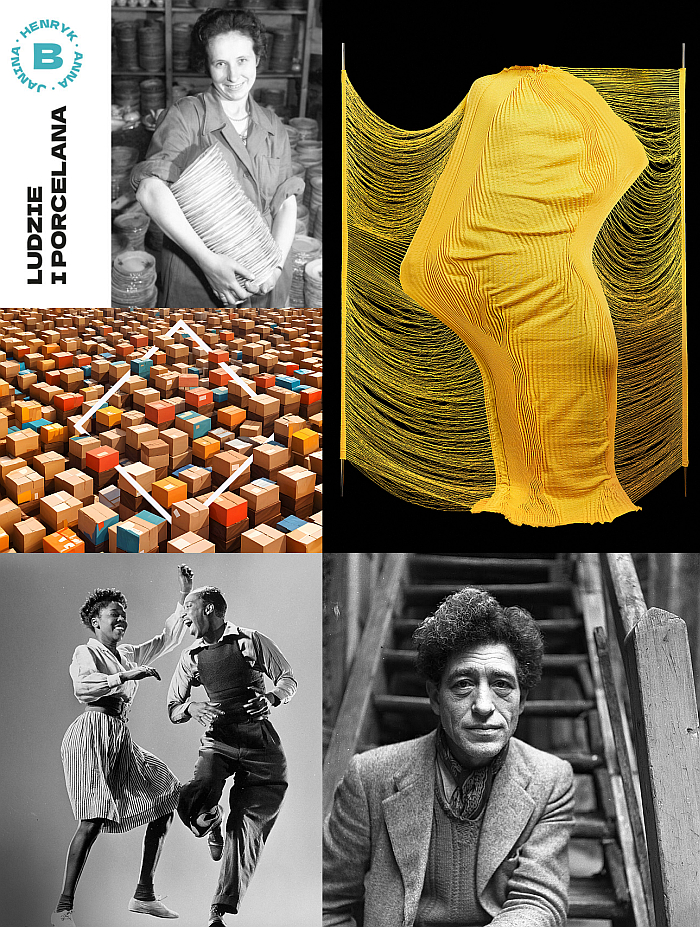
While, yes, there is without question a convincing argument to be made that without mail order and online shopping we wouldn't be doing this, which poses the thoroughly terrifying question of what would we be doing, there is an equally convincing argument to be made that without mail order and online shopping all our early 21st century lives would be very different, as would the world around us: different in a positive sense and a negative sense for while mail order and online shopping brought and bring with them all manner of benefits, they also brought and bring whole heaps of problems. Problems that will only intensify, and potentially tip us over the edge, once the major online shopping and grocery supply platforms launch their armadas of delivery drones on us all.
Thus the most convincing argument to be made today is the one of the urgent need to reflect more critically and openly on mail order and online shopping than most of us currently do.
Something Your package has been delivered at the Museum der Arbeit, Hamburg, should enable, promising as it does an exploration of mail order and online shopping since its origins in the late 19th century, thereby helping place home shopping in context of the changing economic, industrial, technological et al realities of that time span; and also, and very importantly, an exploration not only in context of the recipient of the package implied in and by the title, in context of the act of shopping from home, that perspective from which the greater majority of us view home shopping, but primarily in terms of the myriad interrelated processes and actors that are required to get an order to the orderer, that great unseen analogue and digitally networked world which is at the core of the balance between benefits and problems, advantages and disadvantages, that needs must be struck. But which isn't always.
And thus through enabling one to approach more probable appreciations of the realities of mail order and online shopping Your package has been delivered should allow us all to approach more nuanced positions on our contemporary relationship with mail order and online shopping, collectively and individually... yes in a context of the Germany of the subtitle, whereby one hopes Your package has been delivered's reflections on the the second half of the 20th century give equal space to mail order shopping in both the Germanys of that period, but whose narrative should be effortlessly transposable to wider, generic considerations and thereby contribute to shaping our future relationships with a form of shopping that is very much here to stay, and very much will continue to bring benefits and problems.
Your package has been delivered. Mail order in Germany is scheduled to open at the Museum der Arbeit, Wiesendamm 3, 22305 Hamburg on Wednesday September 4th and run until Monday April 28th. Further details can be found at www.shmh.de
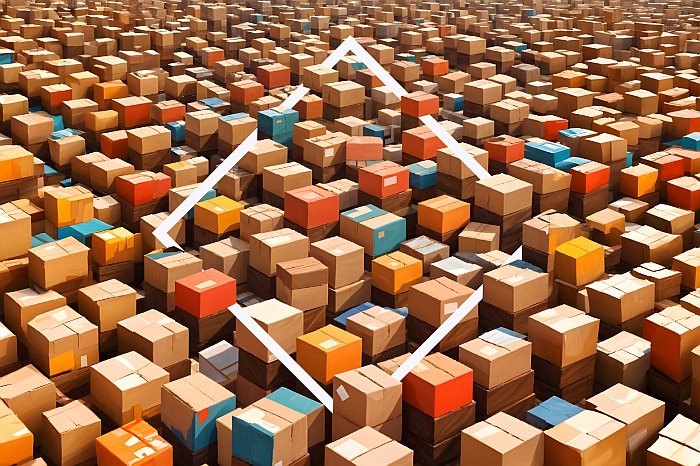
October 2024 marks the 100th anniversary of the publication of André Breton's Manifeste du Surréalisme, and globally there are, have been and will be numerous exhibitions and events marking that centenary, including the Max Ernst Museum's exploration of Alberto Giacometti, an artist who for all he is most popularly known today for his long, thin, humanoid bronzes, has his origins, in many regards, in Surrealism.
An early phase of Giacometti's artistic practice that Unveiled Surrealism aims to approach and elucidate through a presentation of some 70 works from across Giacometti's career starting in 1920s Paris when Giacometti was very much at the centre of the Surrealist community and in regular dialogue with many of the leading protagonists, including Max Ernst, before moving over the mid-1930s when an increasing distance to the Surrealists lead to a break with that community, but not with Max Ernst with whom Giacometti remained in contact, and on to his post 1939-45 War works, the inclusion of the latter allowing for reflections on the influence, or not, of Giacometti's Surrealism on his later works, the influence of Giacometti's Surrealism on Giacometti's long, thin, humanoid bronzes and the spaces they inhabit.
And thus as an exhibition Unveiled Surrealism should not only allow one to better approach the works, positions, influences and legacies of Alberto Giacometti than can be achieved through a study of his long, thin, humanoid bronzes alone, but also allow for a reminder that Surrealism was an an immensely important and relevant moment in the development of early 20th century Modernism, much as simultaneous movements such as, for example, Neue Sachlichkeit, Functionalism or Art Deco were, and thereby allowing for reflections on the influence of Surrealism 100 years it's first flush, 100 years after the concept first took on a concrete form. If Concrete Surrealism isn't a contradiction, an oxymoron.
Alberto Giacometti. Unveiled Surrealism opened at the Max Ernst Museum, Comesstraße 42 / Max-Ernst-Allee 1, 50321 Brühl on Sunday September 1st and is scheduled to run until Wednesday January 15th. Further details can be found at https://maxernstmuseum.lvr.de
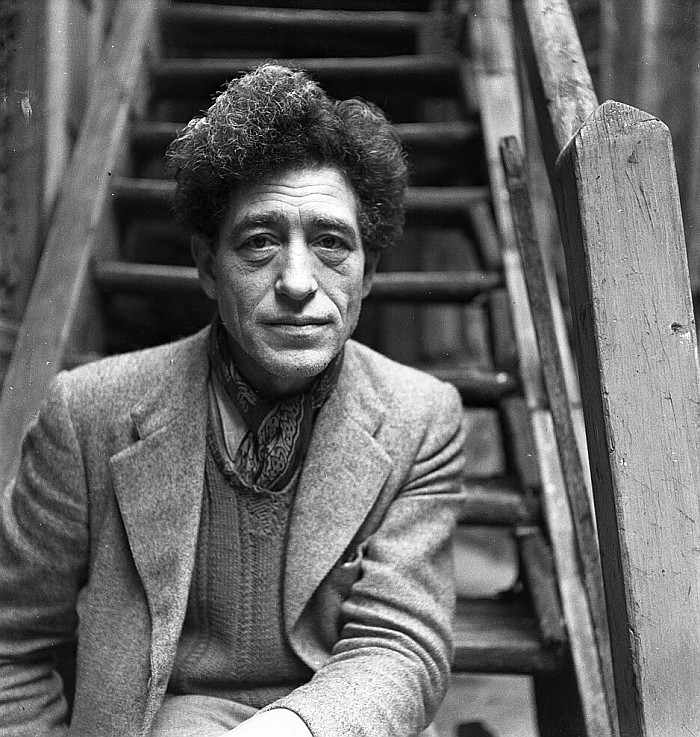
What is architecture?
Once upon a time the question was easily answered: it was the highest of the arts and was the sole preserve of Gods disguised as mortal men.
Today it's less easily answered, thankfully, as the more differentiated, and much less mythologised, and ever reformulating, definitions we have of architecture today enable ever fresh approaches to not only how we realise the built environment we need, but also to our relationships with that built environment, and on the reciprocity of that relationship.
A process that for Bergen and Malmö based collective Research Studio for Knit and Architecture, a.k.a knitting designer Matilda Norberg and architects Edvin Bylander and Joel Persson, begins with textile design, primarily with 3D knitting technology, thus one of those contemporary technologies that the greater majority of us are unfamiliar with but are increasingly dependent on. Technology Research Studio for Knit and Architecture employ as if knitting, employing the processes, approaches, techniques, aims of knitting but not to create a fabric for clothing but a fabric for human existence, a fabric for the banality of daily life with is myriad contradictory demands.
Fabrics created by a process akin to the 3D printing that, as we'll never tire of arguing, must be the future of construction, and as such 3D knitted fabrics which should offer alternative, differentiated, perspectives on 3D printing of buildings.
And fabrics, architecture, spaces, relationships, that will be presented in context of Fashioned Architecture, we presume, we don't know, but we strongly presume, as an immersive installation and (if so) thereby not only allowing for reflections on the similarities and differences between the design of our clothes and the design of our spaces, but also on the manner by which we design our spaces and how we could do that differently. And what the consequences may be if we approached architecture as communal civic clothing rather than construction.
Fashioned Architecture is scheduled to open at Rian Design Museum, Skepparesträtet 2, 311 74 Falkenberg on Saturday September 14th and run until Sunday November 24th. Further details can be found at www.rian.se/Design
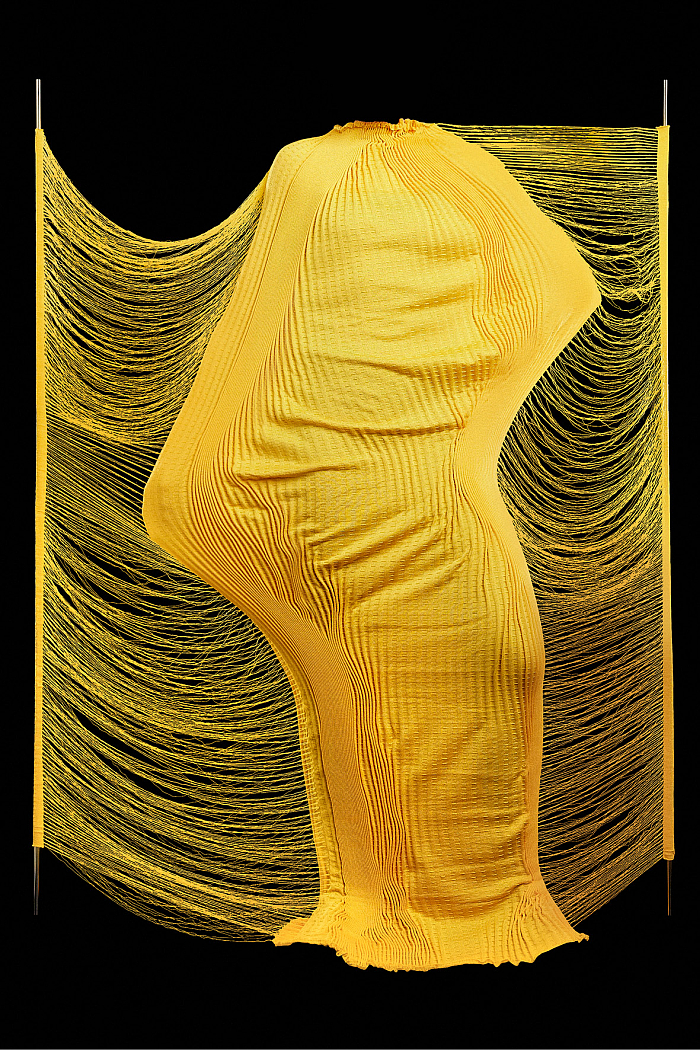
Discussions and discourses on craft production versus industrial production, of small scale production versus mass production, tend to, and in many regards always have, include a central focus on the input of the artisan as differentiated from the machine, a focus on human input versus mechanical input, and in doing so tend, undeliberately, unconsciously, unthinkingly, to dehumanise the factory worker, tend to deny the factory worker their membership of the human species; reduces them to but a component of the machine they operate. Which can't be right. Certainly isn't helpful.
With Janina, Henryk, Anna. Ludzie i porcelana, Janina, Henryk, Anna. People and Porcelain, the Muzeum Śląskie, Katowice, aim to give factory workers their humanity back, specifically in context of workers at the former Bogucice porcelain factory in Katowice - the Janinas, Henryks, Annas of the title, who are also the Poreclain of the title - through exploring industrial porcelain production as being a human process every bit as much as artisanal porcelain production, a process dependent not only on machines and relationships between machines and humans but also dependent on the humans and the relationships between the humans involved in the process, insights often denied us when we view factories and hear but the noise of the machines and not the voices of the humans. And thereby allowing an opportunity to rethink and reassess not only the similarities and differences between, the relationships between, craft and industry, but also the role of humans in production process; and that a most timeous opportunity as we move into an age of Artificial Intelligence that will see the discussions of yore on machine versus artisan be re-flamed, re-framed and undertaken in ever new contexts and at ever new levels, and where it will be important to remain focussed on the human more than we have until now.
And in doing so and being such Janina, Henryk, Anna. Ludzie i porcelana should also allow not only for alternative reflections on our coming future, nor only for an opportunity for all familiar with Bogucice porcelain to re-approach their appreciations of those works, but also allow all unfamiliar a chance for a differentiated introduction to porcelain design, production and distribution in Poland in the second half of the 20th century, and thereby fresh insights into the reality of the design, production and distribution of all objects of every day use in the Poland of that period, and thereby of the Poland of the period, that better understanding that we here in the western half of Europe urgently needs must achieve.
Janina, Henryk, Anna. Ludzie i porcelana is scheduled to open at Muzeum Śląskie, Tadeusza Dobrowolskiego 1, 40-205 Katowice on Friday September 6th and run until Sunday 12th January. Further details can be found at https://muzeumslaskie.pl
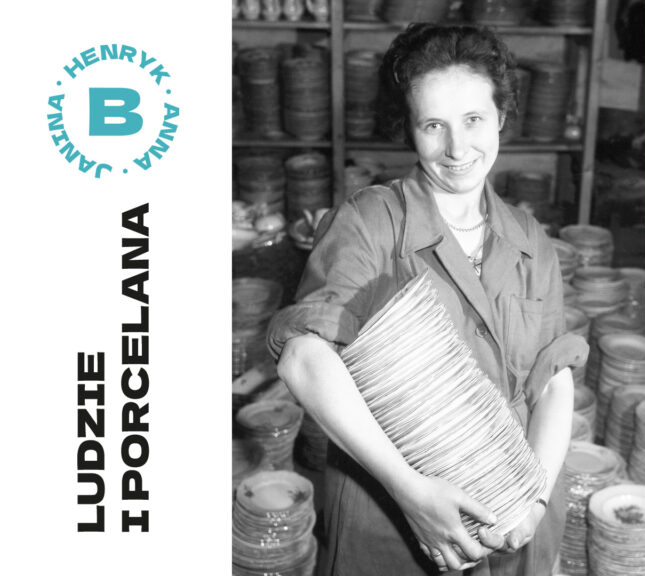
In 1958 Bobby Freeman asked, "Do you want to dance?"
The answer is of course, yes. Globally everyone wants to dance. All the time. Always have and always will, there being few more universal forms of expression. And no more satisfying form of expression.
Yet despite the universality of dance it is always very specific both in terms of the nature of its expression and the dancers relationships to the act of dancing, be that in context of a culture, a community or an individual.
And despite its ubiquity, dance, the role of dance, the function of dance, the why of dance, is something we rarely reflect on; dance is something we are all more likely to do than think about.
With Dance Worlds the Bundeskunsthalle, Bonn, promise to allow space for that reflection, via a presentation that rather than attempting a (hi)story of dance, or compiling a lexicon of dance, will focus on the myriad ritual, spiritual, political, identity, entertainment et al roles and functions of dance, of dance as components of culture, society, individuals and will also explore the relationships, interdependencies, between dance and other forms of culture, society, individual expression and thereby allowing one to not only better locate dance in the (hi)story of human society but also to better approach the necessity of dance to the human being, its environment, essence and evolution.
And if you want to dance when you're there, we're sure no-one will stop you.
Certainly not Chris Rea.
Dance Worlds is scheduled to open at the Bundeskunsthalle, Museumsmeile Bonn, Helmut-Kohl-Allee 4, 53113 Bonn on Friday September 27th and run until Sunday February 16th. Further details can be found at www.bundeskunsthalle.de
